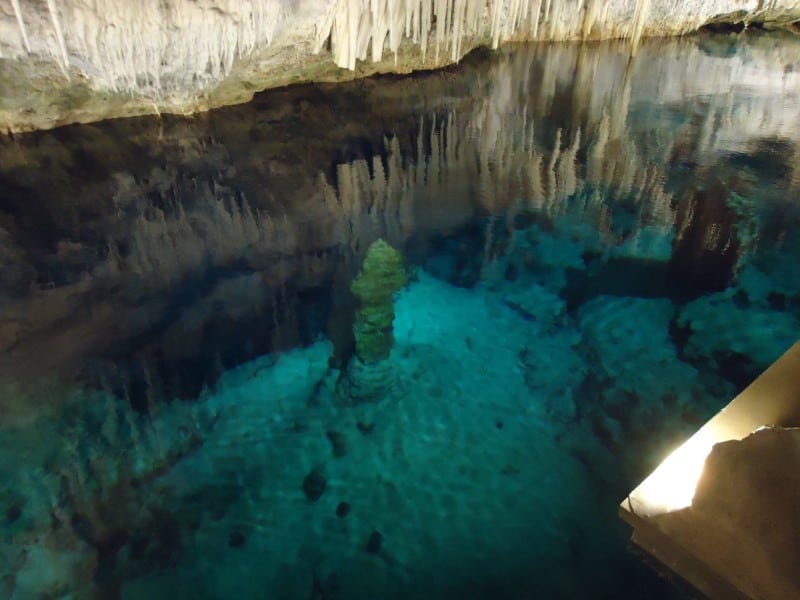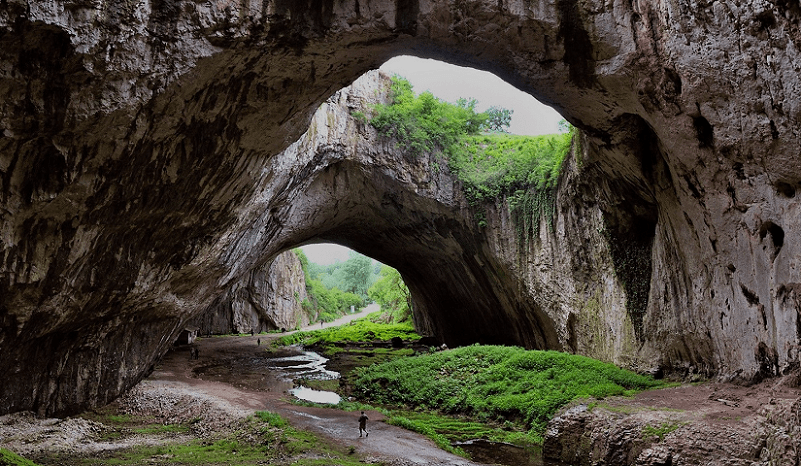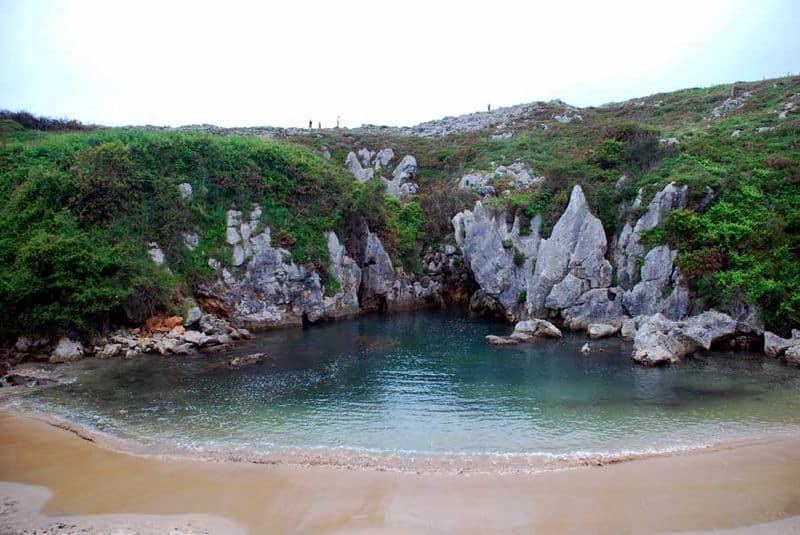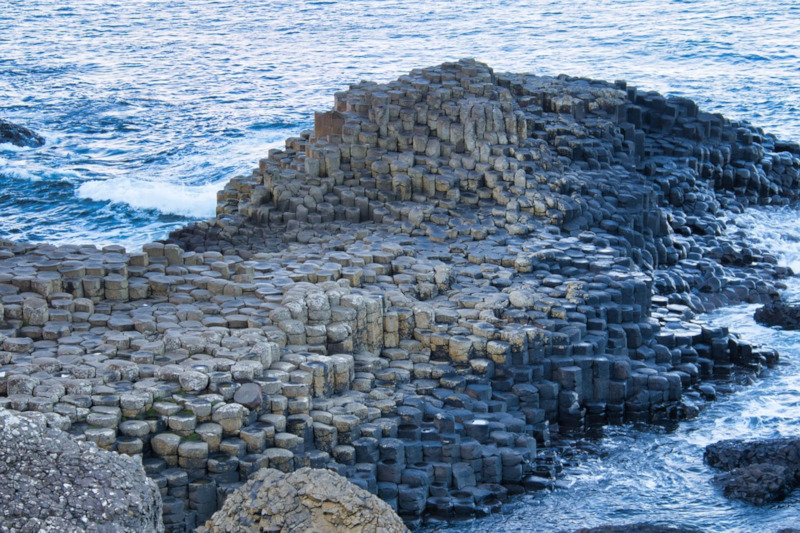Neptune’s Grotto Facts
- While not the only sea cave in the area, most individuals who visit it consider Neptune’s Grotto to be by far the most beautiful. Somewhat incredibly, the discovery of this magnificent marvel of natural processes occurred accidentally in the 18th century.
- This discovery was, perhaps even more astonishingly, effected by local fishermen working in the area. Further evidence, however, indicates that primitive man knew of the existence of this geological marvel, as well as several other similar sites locally.
- The cave opening itself formed at the base of extremely steep and rugged cliffs. Yet that opening to the grotto sits only slightly more than 3 ft (1 m) above sea level. The cave can therefore only be safely accessed during periods of calm wave activity.
- This true marvel of long-term natural processes can, at certain times, be accessed either by boat or a stairway carved into the cliff face itself. This beautiful site, now known as Neptune’s Grotto, was also once used as a habitat for the Mediterranean Monk Seal.
- Sadly, however, that species now faces extinction and no longer inhabits the region. It nevertheless remains oft-visited. That’s because, as a result of its natural beauty, the site now serves as an extremely popular destination for tourists visiting the area.
Related Articles



Neptune’s Grotto Physical Description
Not surprisingly, the mesmerizing Neptune’s Grotto serves as a classic example of what makes sea caves beautiful and fascinating. As a direct result of the presence of these factors, this amazing feature immediately captivates those lucky enough to visit it.
The visually stunning grotto itself extends a distance of more than 2.5 mi (4 km ) in length. Inside, an impressive array of stalactites and stalagmites greet visitors with their beauty. Several passages of varying lengths and height also exist within the cave system.
To the astonishment of those who visit the site, still more awesome sights await them. That’s due to the fact that, among other features, a comparatively large saltwater lake resides within the grotto. Nature truly worked overtime producing this hidden marvel.
This truly surprising lake itself, furthermore, actually measures an impressive 394 ft (120 m) in length. It also sits at sea level. The depth varies, but averages about 29.5 ft (9 m). The breathtaking Neptune’s Grotto has still more remarkable facets to its appeal.
This includes the fact that it has a maximum width of 82 ft (25 m). A regular influx of seawater via wave activity maintains the lovely, shallow lake. Adding to the distinctive beauty of the magical location, a large stalagmite protrudes from the approximate center of the lake.
Neptune’s Grotto Location, Formation, and History
Neptune’s Grotto formed in a region itself considered quite picturesque. That’s because the natural wonder sits on the beautiful island of Sardinia, in Italy, in Europe. For a variety of reasons, the stunning location derives its name from the Roman god of the sea, Neptune.
The surrounding limestone cliffs also tower an impressive 360 ft (110 m) in height. These local formations also contain several other sea caves as well as this marvel. Since these cliffs formed during the Cretaceous Period, the sea has had time to carve out the cave system.
Evidence further indicates that the caves and grottoes have existed as we now know them for roughly two million years. Since its rediscovery in the 18th century, however, the magnificent Neptune’s Grotto has stood out from other natural wonders of the region.
The breathtaking cave system has also, and quite rightly, gained great fame for its natural beauty. Today, an impressive tens of thousands of tourists visit the stunning location annually. Sadly, this poses problems for those dedicated to preserving the natural marvel.
Fortunately, protective measures have been put in place for just that reason. Rightly, access to the full extent of the grotto and cave system remains limited. Therefore, only certified speleologists may explore the full extent of its dimensions, for its ongoing preservation.
Features Sharing Its Region



Check out our other articles on Breathtaking Primates of the World, King Cobra, Pingualuit Crater Lake, Turbinicarpus alonsoi, Giant Huntsman Spider, Lehua Tree, Indian Vulture












Leave a Reply